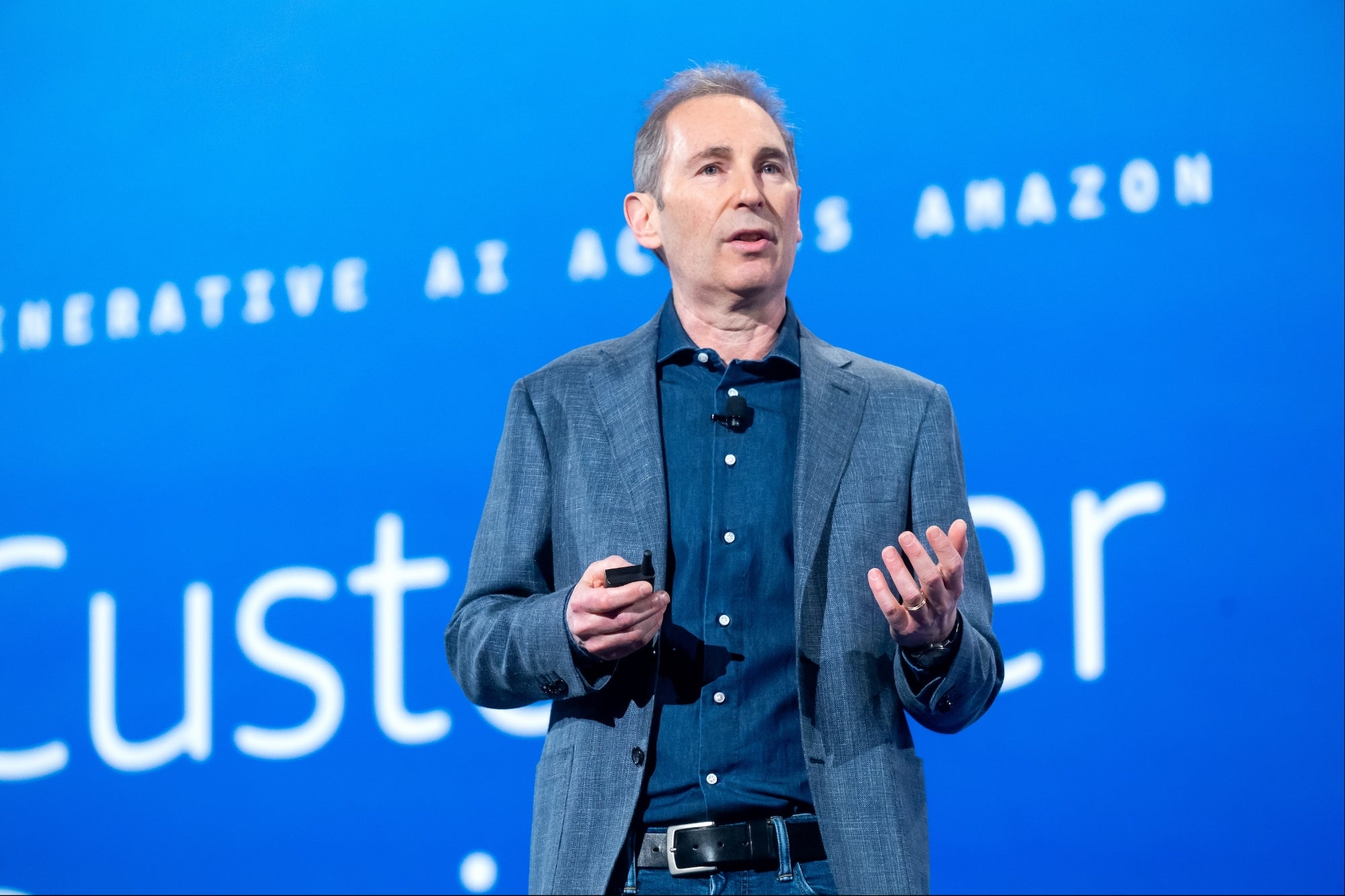How to Use Crowdfunding to Generate Major PR Buzz Check out these five examples of startups that leveraged campaigns for news stories, and tips so you can do the same.
By Josh Steimle Edited by Dan Bova
Opinions expressed by Entrepreneur contributors are their own.
Many entrepreneurs raising money through crowdsourcing sites such as Kickstarter and Indiegogo think in terms of launching the campaign, generating lots of press and then hoping the press gets people to sign up and fund the campaign. There's nothing wrong with this strategy, but smart startups take it a step further and leverage their fundraising success as a PR event in and of itself. Not only can this impact the crowdfunding campaign itself, but it also sets the stage for securing sales outside of crowdfunding as well as follow-on investment funding.
Here's how five startups took advantage of their crowdfunding success to generate PR buzz with major media outlets:
1. LIV Swiss Watches
LIV Swiss Watches is an independent boutique style watch brand. The company successfully used a Kickstarter campaign in 2014 to launch its entire brand and first collection.
"We pre-sold 500 watches during our campaign," says Esti Chazanow, LIV's co-founder and brand manager. "Our campaign was fully funded within the first 11 hours and we received close to $200,000 in total pledges. We are the most backed Swiss watch project on Kickstarter to date!"
Media coverage in major outlets soon followed.
Related: How to Choose the Right Crowdfunding Model for Your Business
2. Airing
Airing is a cordless, hoseless micro-CPAP device for those suffering from sleep apnea. It launched an Indiegogo campaign in June 2015 and raised more than $1.1 million for the development of a prototype from 11,750 backers. The 1,000 percent plus subscription led to positive press in the Boston Globe, CBS Marketwatch and Huffington Post.
3. Foot Flops
Foot Flops launched a Kickstarter campaign in September 2015 with the goal of raising $40,000. Some local press came immediately. However, after Foot Flops surpassed its goal in only a few days the company's PR firm Sublime Public Relations used that legitimacy to land national PR in Esquire and The New York Times. Since the campaign wasn't over, Foot Flops went on to raise almost $180,000 from 2,792 backers and became the top Kickstarter campaign in October.
4. NanoHold
NanoHold allows you to stick your smartphone on nearly any surface. The founders ran campaigns on both Kickstarter and Indiegogo, figuring if they could sell 600 units on each site for $5 apiece, this would be enough to validate the idea. Instead, they exceeded expectations by more than 500 percent on both sites, selling more than 6,000 units and raising $30,000. This led to TV coverage locally, as well as national coverage on CNET and CBS Marketwatch.
5. Zikto Walk
You may think there are too many fitness trackers out there already, but the Zikto Walk comes with a twist. In addition to tracking basics such as steps, calories burned and sleep time, it also analyzes your walking posture and tells you when you need to straighten up. A correct posture can help those with scoliosis or chronic back pain, and also helps project an appearance of confidence. Zikto raised $50,000 within the first 24 hours of its Kickstarter campaign and garnered media attention from VentureBeat, The Wall Street Journal and TechinAsia.
Related: Less Than a Third of Crowdfunding Campaigns Reach Their Goals
Effective strategies
Almost all of these startups targeted both local and national press during their campaigns. In some cases, it was small, local press that led to larger press opportunities. This is a tactic author Ryan Holiday details in his bestselling book Trust Me, I'm Lying: Confessions of a Media Manipulator. Local press can be an easier target, since they want to root for the hometown hero. Once you land local press you can use that to pitch the press a level up, and so on until you're pitching well known, national publications.
While I wouldn't discourage companies from pitching major media outlets before raising funding, it becomes substantially easier after raising more than $500,000, and especially after raising $1 million. At this level the journalist being pitched knows he or she is dealing with a company that has real consumer validation and is going somewhere (only 150 Kickstarter campaigns have ever raised more than $1 million).
When you pitch the media to cover your startup, keep these tips in mind:
1. Contact the right journalist at the right time. Get to know the journalist before pitching. Make sure he or she hasn't recently written a similar article to the one you're pitching.
2. Keep it clear and concise. A journalist may receive up to 50 pitches per day. Break your email pitch into two parts: the short pitch, and additional detail. Make it obvious the journalist only needs to read the second part if the first part is of interest.
3. Make it easy. Provide quotes, data, links, names, titles, etc. in your initial email. The more the journalist has to follow up with you to get the necessary information, the less chance you'll make it into an article. Help the journalist do his or her job and you both win.
4. Follow up after a week, and only once. Unless he or she asks you to, pestering a journalist is a sure way to get ignored. If you don't get a positive response within a few days, follow up once, and if you don't receive an answer after this, focus your efforts elsewhere. The journalist may have decided not to write the article with your company mentioned in it, or may be waiting for responses from five other sources or is on vacation. There's a very small chance he or she forgot about you or missed your email, so follow up once, then let it go.
Related: Don't Be Disheartened if You Fail to Hit Your Crowdfunding Goal










